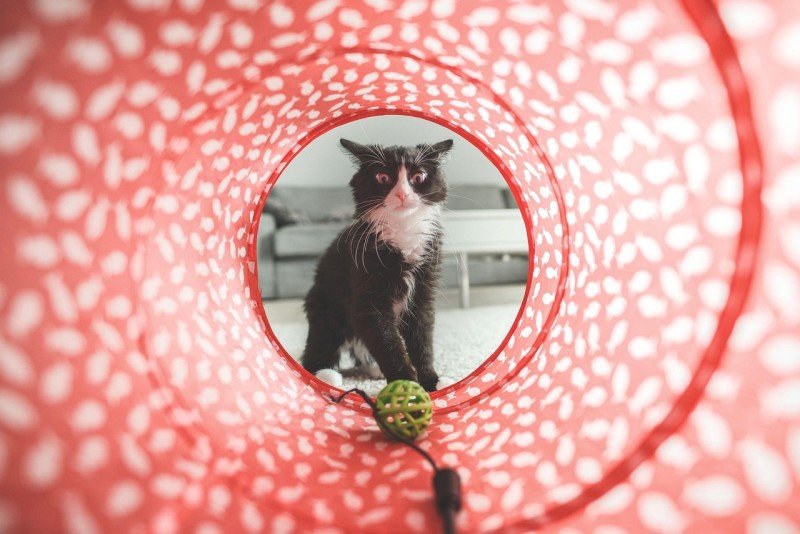The Birth of Viral Marketing: A Look at the History of Viral Products
Viral marketing can be traced back to the early days of advertising and marketing. In fact, the concept of word-of-mouth advertising has been around for centuries. However, the term “viral marketing” was coined in the mid-1990s, and the concept began to take shape in the early 2000s.
One of the earliest examples of viral marketing was the “Got Milk?” campaign launched by the California Milk Processor Board in 1993. The campaign featured celebrities with milk mustaches and catchy taglines, and quickly became a cultural phenomenon. The ads were shared and talked about across the country, and soon the “Got Milk?” slogan had become a household phrase and the campaign’s success was attributed to its viral nature.
Another early viral marketing success story is the Hotmail email service that was launched in 1996. Hotmail’s founders, Sabeer Bhatia and Jack Smith, decided to add a message at the bottom of each email sent through their service that read “PS: I love you. Get your free email at Hotmail.” This small, subtle message became a powerful marketing tool, as users started forwarding emails to their friends and family, and the message spread like wildfire. Within 6 months of its launch, Hotmail had gained 1 million users.
Since then, viral marketing has continued to evolve, with social media playing a prominent role. Companies have been able to tap into users’ social networks to create viral ad campaigns that reach millions of people. Some of the most successful viral products of all time have used social media to create buzz and intrigue.
The key to creating a viral product is to understand what makes people share and talk about things online. Viral products need to be entertaining, informative, and shareable. They need to tap into people’s emotions and create a strong sense of community and belonging.
Overall, the history of viral marketing is a testament to the power of word-of-mouth advertising and the importance of creating a product or campaign that people want to share with others. The most successful viral products of all time have proven that the internet is a powerful tool for reaching people and spreading ideas.
How These Viral Products Captivated the World: Stories of Viral Success
Have you ever wondered how some products manage to capture the world's attention and become viral sensations? The stories behind some of the most successful viral products of all time are fascinating and provide insight into what makes a product go viral.
The iPhone
Perhaps one of the most well-known viral products of all time, the iPhone was a game-changer in the world of mobile devices. Steve Jobs unveiled the iPhone in 2007, and its sleek design, intuitive user interface, and endless capabilities captured the attention of millions worldwide.
The iPhone remains one of the most popular smartphones today, with Apple releasing new models every year. The brilliant marketing and advertising campaigns that accompanied the iPhone launch were also a key factor in its viral success.
The Zara Dress
The Zara Dress was an unlikely viral success story. In 2019, a polka-dot dress from Zara became a viral sensation, with fashion bloggers and influencers posting countless photos of themselves wearing the dress.
What made this product go viral? It was affordable, versatile, and flattering on a variety of body types. The Zara Dress also benefited from social media, as trendsetters shared photos of themselves wearing the dress, inspiring others to purchase it as well.
The Squatty Potty
The Squatty Potty may not be the most glamorous product on this list, but it's one of the most successful viral products of all time. The Squatty Potty is a footstool that makes it easier to use the bathroom. The product went viral in 2015 when a hilarious and irreverent video featuring unicorns explaining the benefits of Squatty Potty went viral on social media.
The video captured the attention of millions and resulted in a surge in sales for the Squatty Potty. The company was able to capitalize on the viral success with clever marketing and advertising campaigns that kept the momentum going.
The Instant Pot
The Instant Pot is a multi-cooker that can be used for a variety of cooking tasks, from slow cooking to pressure cooking. While the product had been around for several years, it wasn't until 2016 that it went viral.
Social media played a key role in the Instant Pot's viral success, with home cooks sharing photos and recipes using the versatile appliance. The Instant Pot also benefitted from its ability to save time and simplify meal preparation, making it an ideal product for busy families and individuals.
The stories behind these viral products provide insight into what makes a product go viral. Whether it's sleek design, affordability and versatility, humor, or time-saving capabilities, these products captured the attention of millions and remain some of the most successful viral products of all time.
Key Strategies for Creating Viral Products: Lessons from the Most Successful of All Time.
Creating a viral product is the ultimate goal for companies looking to increase brand awareness and boost sales. But what makes a product go viral? After analyzing some of the most successful viral products of all time, we've identified some key strategies that you can use to create your own viral sensation:
- Focus on solving a problem: Many of the most successful viral products have addressed a common problem that people faced. For example, Uber solved the problem of unreliable and expensive taxis. By targeting a common issue, you can create a product that people will want to share with others.
- Create shareable content: Social media has become one of the biggest drivers of viral products. By creating content that's easy to share, such as videos or images, you increase the chances of your product being shared on social media platforms.
- Make it easy to access: Convenience is key when it comes to viral products. By making it easy to access and use your product, you increase the chances of it being shared. For example, Dropbox made it incredibly easy for users to share files with others by providing easy access and simple sharing options.
- Create a sense of community: People want to feel like they're a part of something bigger than themselves. By creating a sense of community around your product, you can increase the chances of it going viral. Airbnb has done this by creating a community of hosts and guests who share their experiences and recommendations with each other.
- Encourage word-of-mouth advertising: Word-of-mouth advertising is one of the most powerful forms of marketing, especially when it comes to viral products. By encouraging users to share their experiences with others, you can increase the chances of your product going viral. For example, Slack has grown primarily through word-of-mouth advertising by encouraging users to invite others to join.
By incorporating these strategies into your product development, you can increase the chances of your product going viral and reaching a wider audience. However, it's important to remember that there's no guarantee that a product will go viral. Even with the most well-planned strategies, there's always an element of luck involved. But by focusing on creating a product that addresses a common problem and providing a great user experience, you can increase your chances of success.



